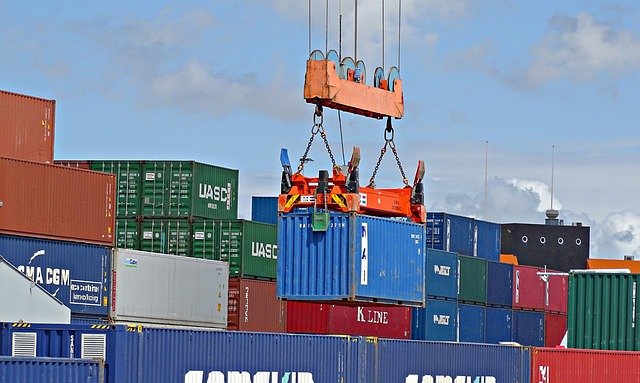- The new fees set by the Philippine Ports Authority are for handling of foreign empty containers at Manila South Harbor, Manila International Container Terminal and Batangas port
- Handling of empty containers in terminals covers receiving, handling, and stowing of empty containers from container yards outside the terminal or a direct return from consignee warehouse and moving empty containers from storage areas within the terminal
The Philippine Ports Authority (PPA) has prescribed fees for the handling of foreign empty containers at the Manila South Harbor, Manila International Container Terminal (MICT), and Batangas port.
Under PPA Administrative Order (AO) 12-2020 dated December 15, the fees for handling foreign empty containers (both import and export) at the three terminals are as follows:
• 20-footer – P1,400
• 40-footer – P2,800
• 45-footer – P3,150
AO 12-2020 is in keeping with AO 11-2020 dated December 15 and provides guidelines for the handling of foreign empty containers at the three ports.
Both AOs take effect 15 calendar days following publication in a newspaper of general circulation and submission of copies to the University of the Philippines Law Center.
The handling of empty containers in the terminal includes the receiving, handling, and stowing of empty containers from container yards outside the terminal or a direct return from the consignee warehouse and moving empty containers from storage areas within the terminal.
The prescription of new rates compensates “services rendered by the terminal/cargo-handling operators in handling foreign empty containers at the three terminals.”
In a presentation during an online public hearing for invited stakeholders on October 1, PPA said the existing schedule of cargo-handling rates for import and export cargoes handled by Manila South Harbor and MICT does not contain any rate for arrastre services on empty container.
READ: PPA eyes arrastre rates, other charges on empties, OOG cargoes
The authority said it saw the need to adopt a policy prescribing arrastre on for empty containers at Manila South Harbor, MICT, and Batangas Port “to ensure that policies on the handling of empty containers in PPA ports are uniform and updated.”
The rates prescribed in AO 12-2020 are lower than the proposed rates presented during the October 1 public hearing.
Last January 24, PPA held a public hearing on Asian Terminal Inc.’s (ATI) proposal to apply arrastre tariff for handling empty containers, volumes of which have increased over the past years.
RELATED READ: Manila port operators seek shorter free storage period for containers
ATI said historical records showed that 40% to 45% of volumes handled at Manila South Harbor since 2016 were empty containers, which meant “there’s a lot of resources dedicated to handling, storing, and securing empty containers.”
International Container Terminal Services, Inc. (ICTSI) also submitted a letter last year to PPA requesting for an arrastre rate for empty containers.
ICTSI operates MICT while ATI operates Manila South Harbor and Batangas Port.
Pushback from stakeholders
Various port stakeholders’ groups have opposed the imposition of rates for handling empty containers, saying “such exorbitant proposed rates will increase the cost of doing business, drive away investors, and unduly burden existing manufacturing industries and export companies” and charges will ultimately be borne by the end consumers.
READ: Port users take united stand against PPA arrastre, OOG rate proposals
The Philippine Multimodal Transport and Logistics Association, Inc., Philippine Exporters Confederation, Inc., and Supply Chain Management Association of the Philippines, citing the tariff comparison presented by the Association of International Shipping Lines (AISL) during the October 1 public hearing, said the rates imposed and collected in Philippine ports “are already the highest among its competitors in Southeast Asia.” An increase in rates will only put the country’s competitiveness at a disadvantage.
They pointed out that empty containers should not be subject to arrastre charge as they have always been a part of the stevedoring cost.
AISL also said containers are considered part of a ship’s gears and because of such, the arrastre cost for empty containers have always been part of stevedoring cost paid to the terminal. – Roumina Pablo





